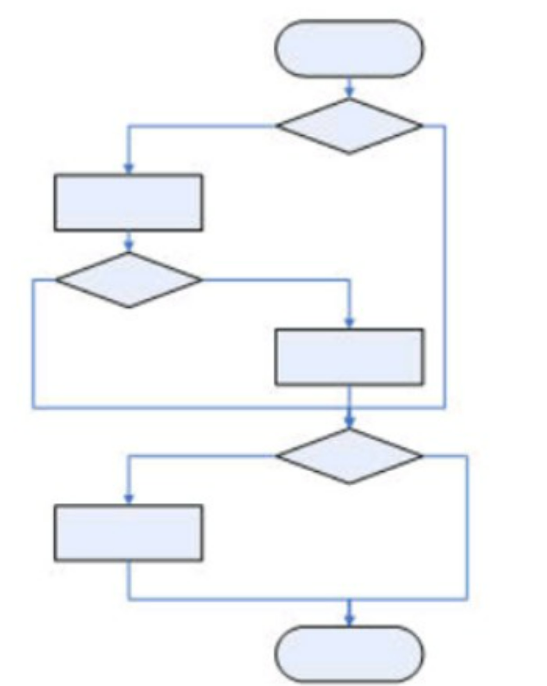Curious about Actual ISTQB Advanced Technical Test Analyst (CTAL-TTA) Exam Questions?
Here are sample ISTQB Certified Tester Advanced Level Technical Test Analyst (CTAL-TTA) Exam questions from real exam. You can get more ISTQB Advanced Technical Test Analyst (CTAL-TTA) Exam premium practice questions at TestInsights.
When conducting a data flow analysis of following section of pseudo code:
Declare Function_Biggest integer (inputl integer. Input2 Integer) }
Declare output Integer
Set output = inputl
If input2 > output then
Set output = input2
Endif
Return output
}
Which of the variables utilized above has a potential anomalie?
Correct : C
In the data flow analysis of the pseudocode, the variable output presents a potential anomaly. Initially, output is set to input1, but it may be overwritten if input2 is greater. The anomaly, specifically a 'definition-use' (du-path) issue, arises because there might be scenarios where output does not adequately reflect changes depending on the dynamic data flow influenced by the conditional. Proper testing and validation of such conditional structures are crucial to ensure that output consistently represents the largest of the two inputs as intended.
Start a Discussions
You are testing software that requires you to enter defined order numbers and either add, delete or update the information associated with that order number, which of the following is the minimum set of columns you should see in your keyword-driven input table?
Correct : C
For a keyword-driven testing approach involving operations on an order number, the minimal essential columns for the input table would be 'Action', 'Order ID', and 'Expected Result'. This setup supports clearly defined operations (Action) on specific entities (Order ID) and validation against expected outcomes (Expected Result), thereby facilitating structured and efficient testing. This configuration provides the required information for executing actions and verifying outcomes without redundancy or ambiguity.
Start a Discussions
How many independent paths are shown in the control flow diagram below?

Correct : C
Upon analyzing the control flow diagram provided, there are four distinct paths through the program, considering the flow between decision points and actions. Each path represents a unique sequence of execution through the system logic, dictated by the decision outcomes at various points. This information is critical for ensuring comprehensive testing coverage, as each path may expose different behaviors or outcomes in the application.
Start a Discussions
Which of the following is a generic risk factor that the Technical Test Analyst must consider?
Correct : A
A generic risk factor that a Technical Test Analyst must consider is the integration of new technology into a product. This is because new technologies can introduce complexities and unknowns in performance, compatibility, and security, which can impact the overall quality and reliability of the product. Evaluating such integration risks is crucial for preparing effective test strategies and ensuring that the product meets its intended functionality and quality standards.
Start a Discussions
Your team is now accountable for the support and enhancement of a payroll system that has been in production for many years and modified by many different developers. It has been noticed by management that small functional enhancements take much longer than equivalent changes on more recently developed systems. You have been tasked with implementing improved testing approaches that will help to identify the root cause of this problem.
Which of the following is the best technique to apply in this scenario?
Correct : C
Static analysis is the best technique for identifying the root causes of issues in a legacy system where small functional enhancements take disproportionately long to implement. This technique involves examining the code without executing it to detect potential vulnerabilities, coding errors, and complexities. Static analysis can highlight problematic code segments and inefficient coding practices that may contribute to the increased time required for implementing changes, thereby assisting in addressing these systemic issues efficiently.
Start a Discussions
Total 175 questions